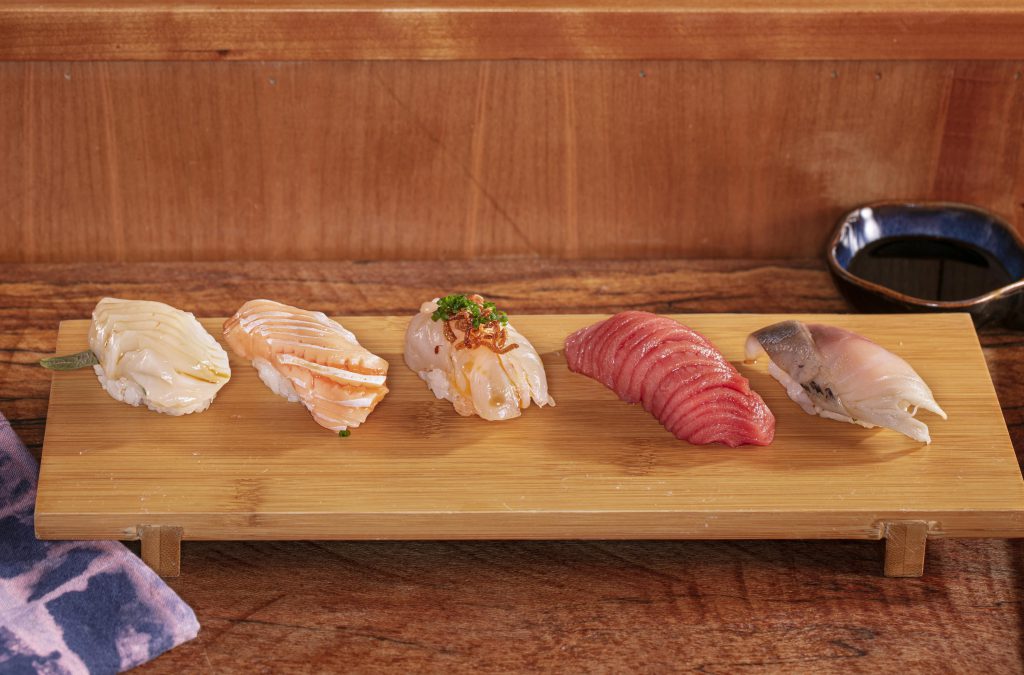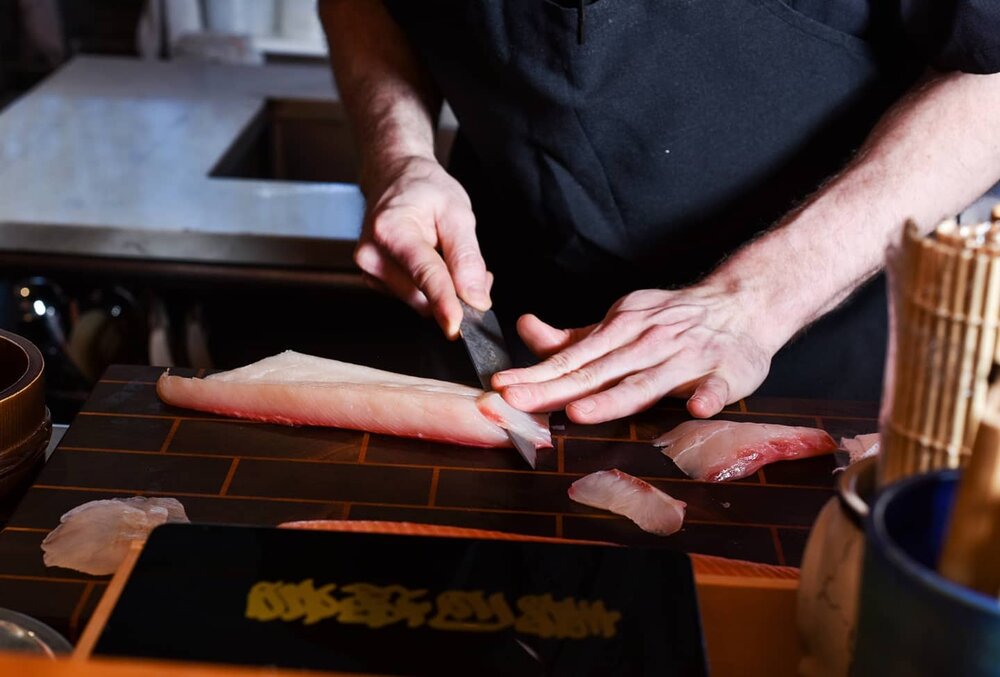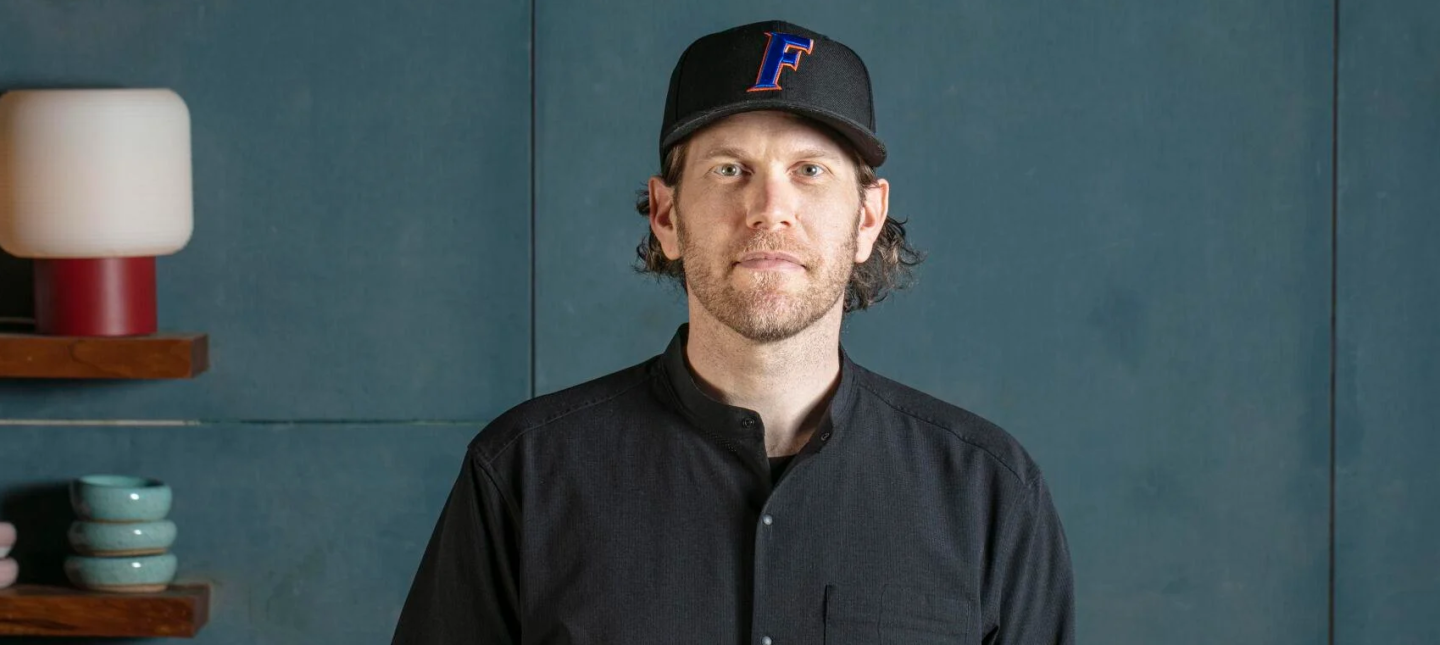Jeff Miller is the co-owner of Rosella in NYC, where he’s taken on the incredibly noble mission of sourcing all of his fish locally in order to reduce the restaurant’s carbon footprint, while also only using fish that are not classified as overfished species.
What inspired you to pursue sustainability in your culinary craft?
Initially I was motivated by avoiding overfished species, or fish farmed in ecologically destructive methods. Now I’m most interested in discovering under-appreciated North American fish that work well as sushi.
Maintaining sustainable standards is a difficult task in the restaurant industry. What are some of the pitfalls of maintaining these standards (i.e. high costs, unpredictable inventory) and how do you overcome them?
It took me several years to feel confident making sushi menus entirely of local fish. I had to be willing to leave my comfort zone by abandoning the fish that I was familiar with, in favor of an unfamiliar world of fish that I’d mostly never worked with. There are books upon books of Japanese sushi fish – what to use at what time of year, how to prepare them, etc. But those books and that knowledge don’t exist when it comes to most North American fish.

I had to be willing to leave my comfort zone by abandoning the fish that I was familiar with, in favor of an unfamiliar world of fish that I’d mostly never worked with.
Have you come across any technology (i.e. vertical oyster beds) in the seafood sector that you foresee as a viable solution for making seafood more sustainable?
RAS (recirculating aquaculture systems) farming is a huge part of the future of inland fish farms. Some of the best – and most reliably available – fish on our menu come from new RAS farms.
When I try to eat clean, organic, sustainable foods, my wallet really takes a beating. How do you balance the economics of sustainable goods with market demand? Do you find that restaurant consumers shy away from higher costs on these types of items or are they happy to pay more for better health of their bodies and the planet?
If the fish is good, people will pay for it. But local, sustainable seafood doesn’t have to be expensive. Two easy examples are bluefish and porgy. The difficulty is knowing where to find them. Not everyone has access to seafood markets that carry fish outside the norm (salmon, tuna, cod, sea bass, etc.). Another great option is North American shellfish (clams, mussels, oysters, shrimp).

I have not been able to dine at Rosella (yet!) so I’m unaware of the experience. During the experience, do you offer any education around the sustainability aspects of the fish you serve?
Everyone in the restaurant is trained to be able to speak about sustainable seafood, but we generally don’t bring it up unless we’re asked about it. My belief is that we’ll make a longer-lasting impact if we can make food that people want that just happens to be sustainably-minded. There’s a risk of alienating customers by bringing up sustainability; I’d rather someone notices a difference and maybe does some research on their own. Let people make their own conclusions as to what’s best.
If you had a magic wand, what is the number one environmental issue you’d solve within the restaurant industry specifically around seafood?
This is maybe an answer to a different question, but I’d love to open people’s eyes to what a spectacular variety of seafood exists in local waters. Selfishly, if there were greater demand for local fish, there’s a number of lesser-known fish that I’d have greater access to.

